Onions are a kitchen staple found in cuisines across the globe. Whether you’re slicing them for a stir-fry, dicing them for salsa, or caramelizing them for a rich base, onions are among the most essential vegetables in the world. But have you ever wondered which country grows the most onions? This seemingly simple question opens a window into the global agricultural economy, climatic diversity, culinary preferences, and international trade dynamics.
In this article, we’ll explore the largest onion producer in the world, the reasons behind its dominance, the role of other major players, and the future trends shaping onion production.
Global Onion Production at a Glance
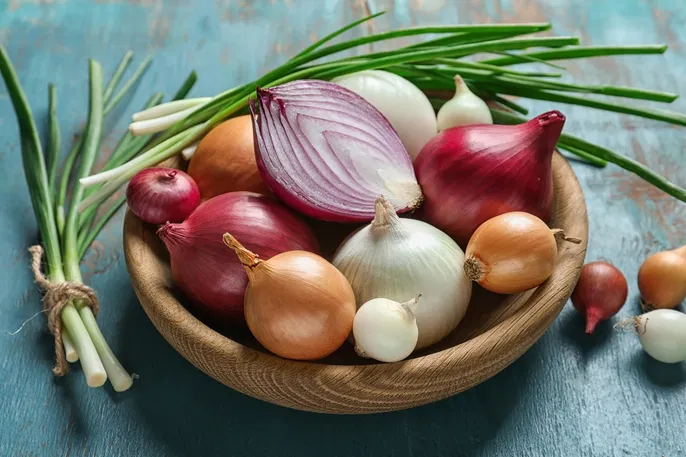
The world produces over 100 million metric tons of onions annually, with the demand for this pungent bulb increasing every year. Onions are grown in more than 130 countries, making it one of the most widely cultivated and consumed vegetables globally.
From temperate to tropical zones, onions are remarkably adaptable. Their versatility in climate and soil conditions allows them to thrive in a variety of regions, which contributes to their extensive global production.
Which Country Leads the World in Onion Production?
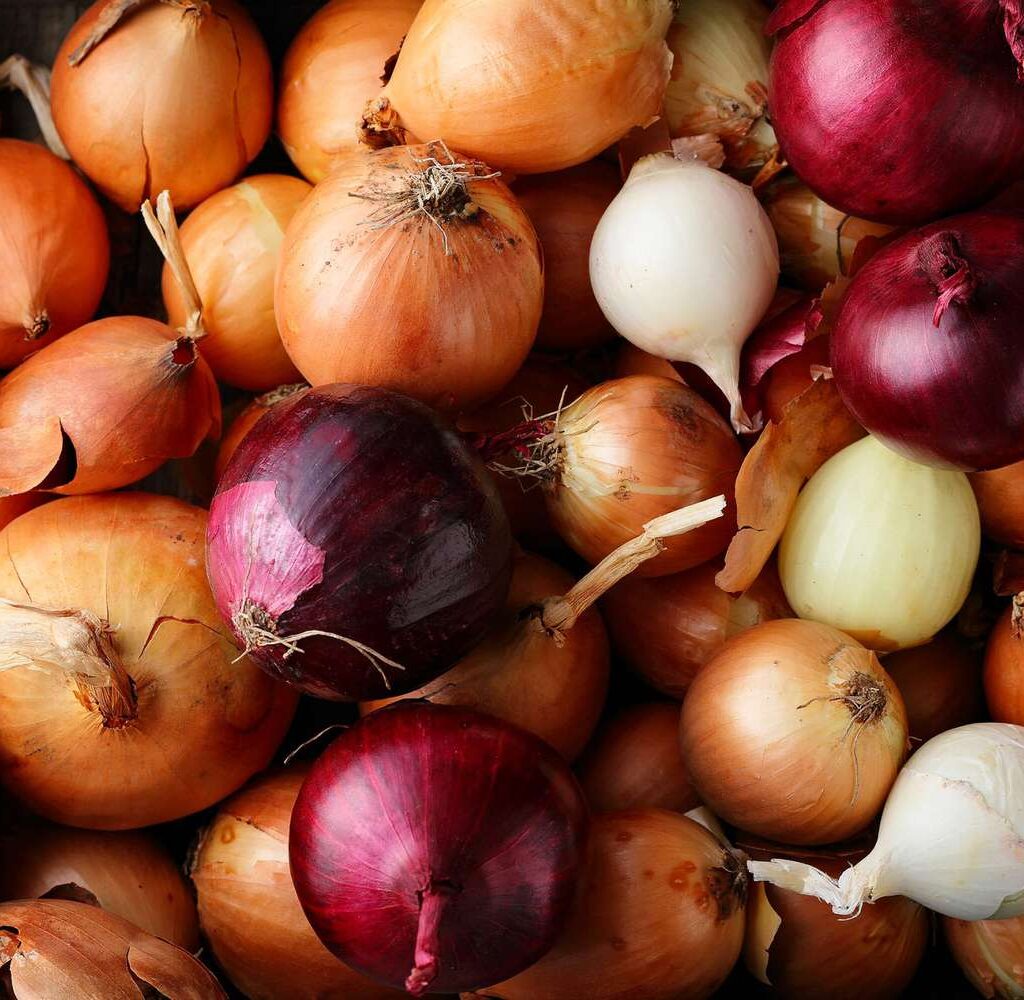
India: The Undisputed Leader
India is the largest onion producer in the world, contributing to about 25% of global onion production. According to the Food and Agriculture Organization (FAO), India produced approximately 28 million metric tons of onions in 2023, followed closely by China, the second-largest producer.
Why India?
Several factors contribute to India’s top position:
- Ideal Agro-Climatic Conditions: Onions are grown year-round in India across multiple states like Maharashtra, Madhya Pradesh, Karnataka, Gujarat, Rajasthan, Bihar, and Andhra Pradesh.
- Diverse Crop Cycles: Indian farmers grow onions in three main seasons — Kharif, Late Kharif, and Rabi — ensuring a consistent supply throughout the year.
- Traditional Expertise: Onion farming in India has deep cultural and economic roots, with generations of farmers engaged in this crop.
- Government Support: India’s agricultural policies have consistently supported onion farming through subsidies, market price stabilization, and storage development.
Despite being the top producer, India occasionally faces price volatility due to factors like excess rainfall or drought, which affect yields and lead to export bans to stabilize domestic supply.
Other Leading Onion Producers

China
China comes in second, producing around 23 million metric tons annually. Though its output is slightly lower than India’s, China’s agricultural efficiency and yield per hectare are remarkably high. Chinese onions are mostly used domestically, although exports have been rising in recent years.
United States
The United States ranks third with around 3 million metric tons produced annually. Major onion-growing states include California, Washington, Oregon, and Idaho. The U.S. specializes in both fresh market onions and processing-grade onions used in food manufacturing.
Egypt
Egypt is a key player in onion exports, particularly to European markets. With over 2.5 million metric tons produced, Egypt has carved out a niche as a reliable onion exporter, thanks to its favorable climate and access to Mediterranean ports.
Turkey
Turkey produces over 2 million metric tons, supplying both domestic needs and exporting to the Middle East and Europe. Turkish onions are known for their quality and consistency.
Other notable producers include:
- Iran
- Pakistan
- Bangladesh
- Russia
- Brazil
Onion Production by Region
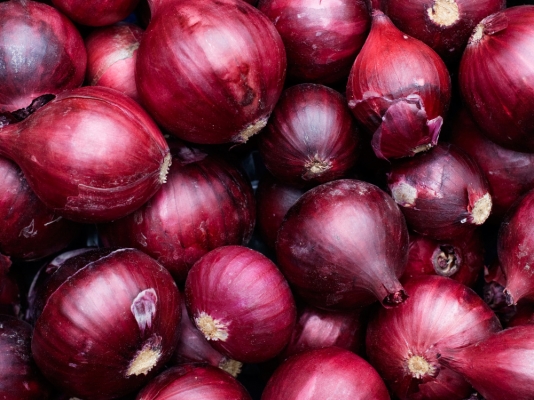
Asia
Asia dominates onion production, contributing over 60% of the world’s total supply. India and China alone produce nearly half. Onions are a daily part of meals in South and East Asia, which sustains high local demand.
Africa
Africa’s role is growing. Countries like Egypt, Nigeria, and Sudan have increased output due to expanding agricultural land and better irrigation practices.
Europe
While not a major producer globally, Europe remains a big consumer and importer. The Netherlands, however, is a large re-exporter of onions due to its excellent storage, processing, and logistics infrastructure.
Economic Importance of Onions
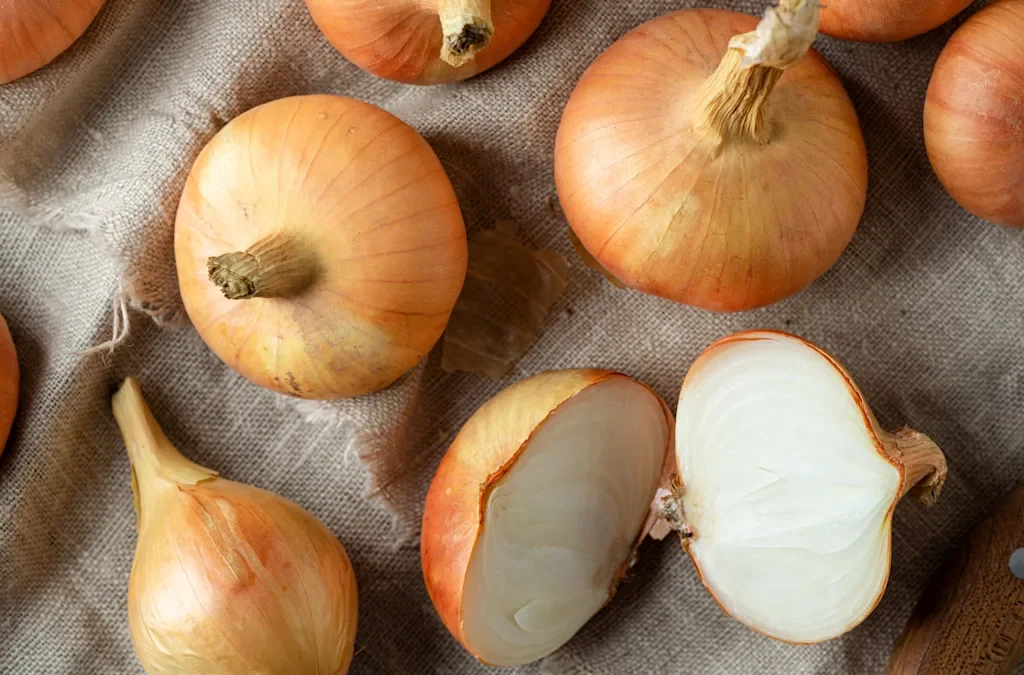
Onions are a high-value cash crop, particularly in developing nations. In India, for example, onion prices are politically sensitive — rising prices have led to government crises in the past. Onions also generate significant employment, from cultivation and harvesting to processing and logistics.
For countries like Egypt and the Netherlands, onions contribute substantially to agricultural exports. Globally, onion trade is worth billions of dollars annually, and demand continues to rise, especially in fast-growing economies with increasing urbanization and consumption.
Challenges in Onion Production
Despite the seemingly straightforward nature of onion farming, several challenges persist:
- Post-Harvest Losses: Onions are prone to spoilage due to moisture, pests, and improper storage.
- Market Fluctuations: Prices can be highly volatile, impacting both producers and consumers.
- Climate Change: Irregular rainfall, drought, and temperature shifts affect yields.
- Export Restrictions: Countries like India have imposed temporary export bans during shortages, affecting global trade and prices.
Future Trends in Onion Production
Technological Innovation
Precision agriculture, drip irrigation, disease-resistant seeds, and mechanized harvesting are slowly becoming more common, especially in developed countries. These advancements can help reduce waste and improve yields.
Improved Storage Infrastructure
Investments in cold storage and ventilated warehouses are reducing post-harvest losses. India, in particular, has been ramping up efforts in this area.
Global Trade Expansion
With growing demand in Africa and Asia, countries are expanding their export strategies. Trade agreements, better transport logistics, and streamlined customs processes are helping onions reach distant markets faster.
Conclusion: Why Onions Matter Globally
Onions may not be flashy, but they are fundamental to diets, economies, and global trade. As the world’s largest producer, India plays a pivotal role in meeting global onion demand. Its dominance is built on favorable conditions, extensive farming practices, and cultural integration of the crop.
However, other countries like China, the U.S., Egypt, and Turkey also play important roles in regional and international markets. As technology and global connectivity improve, the onion trade will continue to evolve — impacting farmers, markets, and plates worldwide.
Whether you’re biting into a burger in New York, enjoying curry in Mumbai, or savoring stew in Cairo, chances are, those onions have a rich, global backstory worth appreciating.

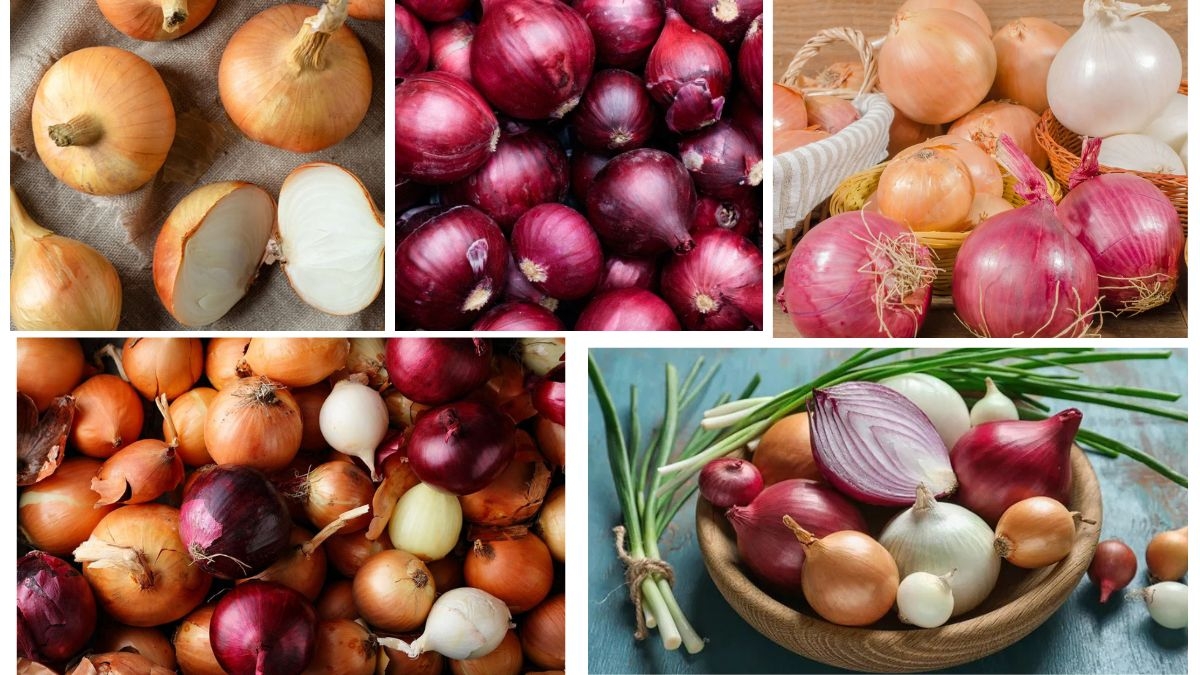



Leave A Comment